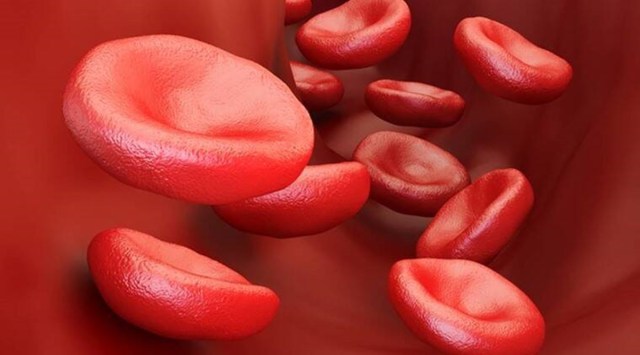- India
- International
‘Sickle cell disease needs to be notified’
In remote areas, the lack of proper medical infrastructure and knowledge of the healthcare workforce make timely detection, screening and treatment a challenge, says Gautam Dongre, Secretary, National Alliance of Sickle Cell Organisations (NASCO)
 A few states in India have a significantly higher SCD prevalence (Photo: Getty/ Thinkstock Images)
A few states in India have a significantly higher SCD prevalence (Photo: Getty/ Thinkstock Images)Sickle cell disease, a blood disorder, remains a public health challenge in India, which is estimated to have the second highest burden after Nigeria. “There is an urgent need to notify sickle cell disease,” says Gautam Dongre, Secretary, National Alliance of Sickle Cell Organisations (NASCO).
“SCD as a condition is often misdiagnosed as any other blood disorder. This delays treatment. Moreover, in urban settings, there is a lack of awareness about this condition. In remote areas, the lack of proper medical infrastructure and knowledge of the healthcare workforce make timely detection, screening and treatment a challenge,” he adds.
The most common drug is Hydroxyurea, which effectively manages and minimises pain. In some cases, patients also require blood transfusions and hospitalisation. Stem cell transplants are the closest to a cure for this condition. However, this comes with its own set of challenges. Therefore, as Dongre emphasises, there is a need for a better understanding of the disease and identifying and developing innovative solutions that would help overcome some of the challenges with the existing options.
Nagpur-based Dongre, who has been a Sickle Cell Disease (SCD) carrier and father to two children with the condition, says timely detection and treatment are crucial for disease management. He has been stepping up awareness about the disease via webinars and Youtube videos that provide testimonies of patients suffering from SCD.
With around 18 million people with sickle cell traits and 1.4 million patients with sickle cell disease, India is expected to have the second-highest numbers in the world. Maharashtra is one of the 14 states in India that accounts for a large concentration of tribal groups, who are as vulnerable as Scheduled Castes and OBCs. SCD has a high prevalence in the eastern districts of Maharashtra, which include the Vidarbha region, Satpura ranges and a few districts of the Marathwada region.

A few states in India have a significantly higher SCD prevalence: Chhattisgarh, West Bengal, Uttar Pradesh, Maharashtra, Madhya Pradesh, Jharkhand, Gujarat, Odisha, Kerala and Rajasthan. Collectively, these are referred to as the sickle cell belt. Although more common among tribal communities, the disease is gradually finding its way across the country due to migration and intermarriages, according to Dongre.
SCD requires a comprehensive model of care that includes timely and accurate treatment along with intense programmes for pre-marital, prenatal, and new-born screening besides administering Pneumococcal vaccination to adult patients.
More Lifestyle
May 14: Latest News
- 01
- 02
- 03
- 04
- 05


































